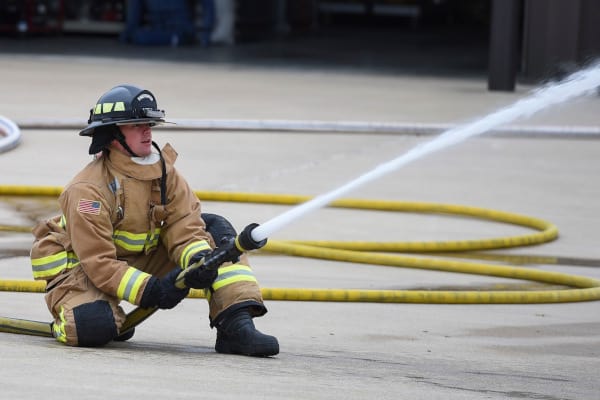Small changes in size have real impacts on portability and flow rates of 1 1/2 inch, 1 3/4-inch, and 2-inch double-jacket fire hose
If you currently use a specific size of double jacket fire hose and are considering a switch to a different size, you’ve come to the right place. In this article, we’ll compare the portability, pressure, and flow rates of three common fire hose sizes: 1 1/2 inch, 1 3/4-inch, and 2-inch. But first, we’ll provide some background on fire hose and explain some need-to-know terms manufacturers use to describe double-jacket fire hose.
If your mind is already made up, click here to browse our selection of 1 1/2 inch, 1 3/4-inch, and 2-inch double-jacket fire hose.
All fire hoses feature the same basic parts
Fire hose sizes—in this case, 1 1/2 inch, 1 3/4-inch, and 2 inch—refers only to the dimensions of the inner rubber hose liner. Today’s attack fire hoses consist of at least three parts:
- An inner liner, which carries water
- A jacket, which protects the inner liner, typically with a woven fabric
- Hose couplings that connect the hose to water sources, nozzles, and the inlets of fire protection systems
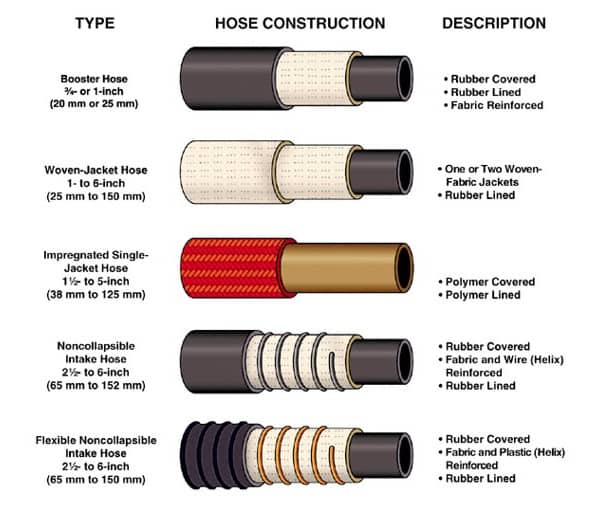
Not all fire hoses are designed for the same purpose. Some hoses also feature an exterior rubber lining designed to make cleaning easier and protect against chemical damage. Hoses designed for suction have fabric or wire designed to stop the hose from collapsing. And hoses that carry water at high pressures may feature a double jacket, allowing the hose to withstand higher pressures and abrasion.
Understand GPM, PSI, and friction loss before selecting a fire hose
Three of the most common measurements associated with fire hose are gallons per minute (GPM), pounds per square inch (PSI), and friction loss.
GPM measures the flow rate of the hose: how many gallons, in one minute, can the hose move from point A to point B? Hoses that flow more gallons per minute tend to weigh more and take more effort to handle. A fire hose’s rated GPM provides an upper limit—not the exact pressure. Actual gallons per minute vary with the nozzle used, available water pressure, and other factors. While a 2-inch fire hose may move more than 200 GPM in theory, the actual gallons delivered may decline if the water pump can’t move water quickly enough.
PSI is the pressure that a liquid (or gas) exerts on the walls of its container. In this case, PSI is the pressure which the water presses against the inner liner of the fire hose.
Pressure and gallonage provide different benefits to firefighting and pressure washing applications. In firefighting, water moved at high pressures can better penetrate burning materials. More water—that is, more GPM—can absorb more heat, reducing the temperatures of burning materials and the surrounding air. In washdown applications, a high PSI can loosen more dirt, while high GPMs can better wash that dirt away.
One last term worth knowing is friction loss: a drop in pressure within a hose due to the internal resistance of the water against the hose lining. As water moves through the liner, the friction between the hose and the liner slows the movement of water. Friction loss increases with the length and flow rate of the hose. Smoother liners and larger hose diameters reduce friction.
Double-jacket hose, frequently used as attack hose, resists abrasion and withstands high pressures
Firefighters frequently distinguish between attack hose and supply hose. Trained firefighters use attack hose to extinguish a fire directly or cool the surrounding air. Supply hose moves large volumes of water from water sources, such as hydrants, to pumps. Those pumps, in turn, deliver water to attack hose.
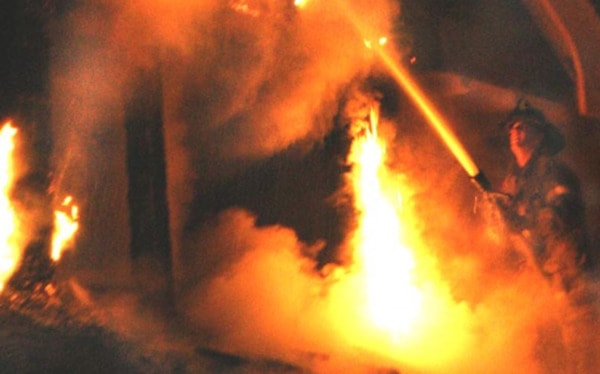
As we’ve discussed in our guide to sourcing attack and supply hose, durability is key for attack hoses. Firefighters regularly drag, bend, and carry attack hose. Guidelines issued by the National Fire Protection Association (NFPA) require that the material used withstand damage caused by repeated bending and changes in pressure.
The extra layer of reinforcement provided with a double-jacket fire hose makes it ideal for use as an attack hose. While single jacket fire hose weighs less and bends more readily, double-jacket fire hose better resists pressure, abrasion, and tearing.
Compare 1 1/2-inch vs. 1 3/4-inch vs. 2-inch double-jacket fire hose
To help our customers determine the best fire hose for their needs, we’ve compared three 100-foot double-jacket hoses from Superior Fire Hose. These sizes are standard choices for attack hoses. But we’ll also consider how they perform in commercial and industrial applications. A fire hose’s ability to move large volumes of water makes it an excellent choice for mining companies looking to pump excess water from a quarry bottom. And pressure-washing companies like Denver Pressure Washing Services prefer fire hose when cleaning large or very dirty parking garages. When there’s a need for pressure or volume, fire hose delivers.
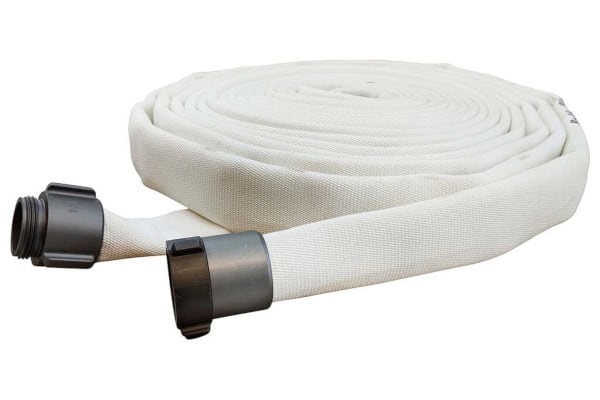
To better understand the effect that a hose diameter has on GPM, we’ll fill a hypothetical 13,000-gallon swimming pool with each of these three hoses. While available sizes for double jacket attack line hose range from 1 inch to 3 inches, we’ve chosen to hone in on the three most common diameters: 1 1/2 inch, 1 3/4-inch, and 2-inch fire hose. All three hoses we compared use a standard 1 1/2″ National Standard Thread (NST) coupling—a frequently-used hose coupling in the fire service—and operate at up to 400 PSI.
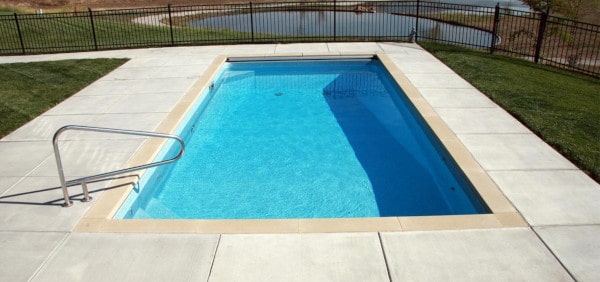
But as hose sizes increase, so does overall weight, making the hose more difficult to use. So, which hose delivers the most volume per pound of dry weight? And which hose is easiest to use?
1 1/2-inch double-jacket fire hose: lightweight, low volume
Many firefighters prefer 1 1/2-inch double jacket fire hose as their attack line. Small and lightweight, this hose maneuvers easily and can even be handled by a single user. A 100-foot length of 400 PSI 1 1/2-inch double-jacket hose by Superior Fire Hose weighs 29.6 pounds dry.
This hose flows roughly 150 gallons per minute. With a powerful enough pump, this hose takes 87 minutes to fill a 13,000-gallon swimming pool. The 1 1/2-inch double jacket fire hose provides 5.06 gallons per minute per dry pound of hose (150 GPM / 29.6 lbs dry = 5.06 GPM/pound).
While 150 GPM may be plenty in many situations, this hose trades ease of use for lower flow rates.
1 3/4-inch double-jacket fire hose: manageable with slightly higher volumes
Firefighters cautiously refer to 1 3/4-inch double-jacket fire hose as all-purpose hose. They’re considered easy to deploy and deliver large volumes of water in a short time.
With the increase in diameter, a 100-foot length of 400 PSI 1 3/4-inch Superior Double Jacket Fire Hose jumps in weight up to 34 pounds dry, making it almost 5 lbs heavier than the same length of 1 1/2-inch hose. However, the output of water increases by 20 percent due to the drop in friction loss and increased diameter.
At 180 GPM, this hose fills a swimming pool in only 73 minutes. Putting that into another perspective, if it took 13,000 gallons of water to put out a fire or clean a pier, you could do your job 14 minutes faster with a 1 3/4-inch hose.
The 1 3/4-inch hose delivers 5.29 GPM per pound of dry weight—an improvement of less than a quarter of a gallon per pound.
2-inch double-jacket fire hose: large volumes, difficult handling
2-inch double-jacket fire hose weighs in at 40 pounds dry and flows up to 250 gallons per minute, making it 30 percent heavier (but 100 GPM faster) than the lightest hose. How does it handle? Paul Shapiro at Fire Rescue Magazine suggests that a single trained firefighter can handle a hose of this size—albeit with some effort:
[D]o we need to be standing up with a 250-gpm flow (or higher) handline taking a beating or is there an easier way? As a matter of fact there is an extremely easy way to move the water: Just sit on it! That’s right, one firefighter can in most cases handle flows up to 350 gpm on a 2″ handline with no problem at all, sitting on the hose.
While firefighters might feel a sense of relief in trading their 2 1/2-inch big-water handlines for 2-inch fire hose, commercial and industrial users may find them too unwieldy.
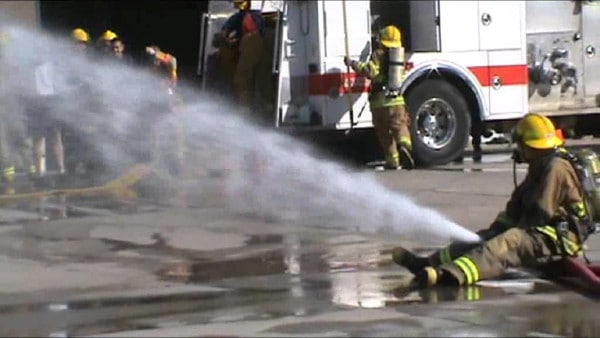
But for filling our hypothetical swimming pool, this hose comes in handy. At 250 GPM, this hose cuts the required time down to 52 minutes—more than a half-hour faster than 1 1/2-inch hose. The 2-inch hose delivers an impressive 6.25 GPM per pound of dry weight.
Ultimately, choosing between 2-inch fire hose and smaller sizes depends on your needs
Depending on the user’s needs—and, let’s face it, strength—any double-jacket fire hose you select should be viewed as a measurable trade-off between weight and water availability.
QRFS offers 1 1/2 inch, 1 3/4-inch, and 2-inch double jacket fire hose in 50, 75, or 100-foot lengths. Superior, a North Carolina-based manufacturer of fire hose, offers each of their fire hoses with their abrasion-resistant Steadfast coating, available in eight colors.
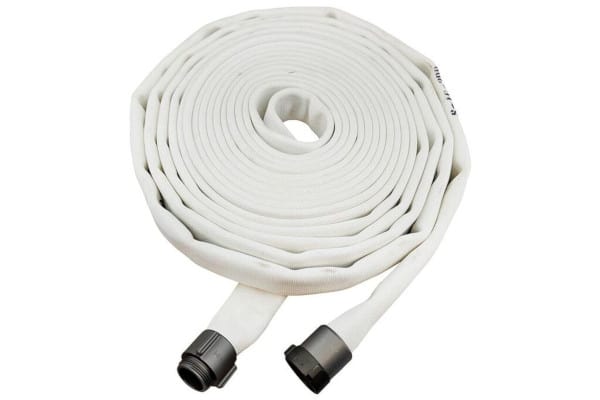
Each double-jacket fire hose is manufactured-to-order and stamped with the manufacturing date. By following proper procedure for cleaning, use, storage, testing, and inspection, Superior’s fire hose can last 10 years or longer. We stock Superior’s 200 PSI fire hose for contractors and 300 and 400 PSI for heavy-duty, high-flow, and firefighting applications.
Click here to browse our selection of double-jacket fire hose.
Questions? Need help choosing the right double-jacket fire hose? Call us at +1 (888) 361-6662 or email support@qrfs.com.
If this article helped you find the hose you needed, check us out at Facebook.com/QuickResponseFireSupply or on Twitter @QuickResponseFS.
Top image credit: U.S. Air Force photo/ Senior Airman Cali Wetli


